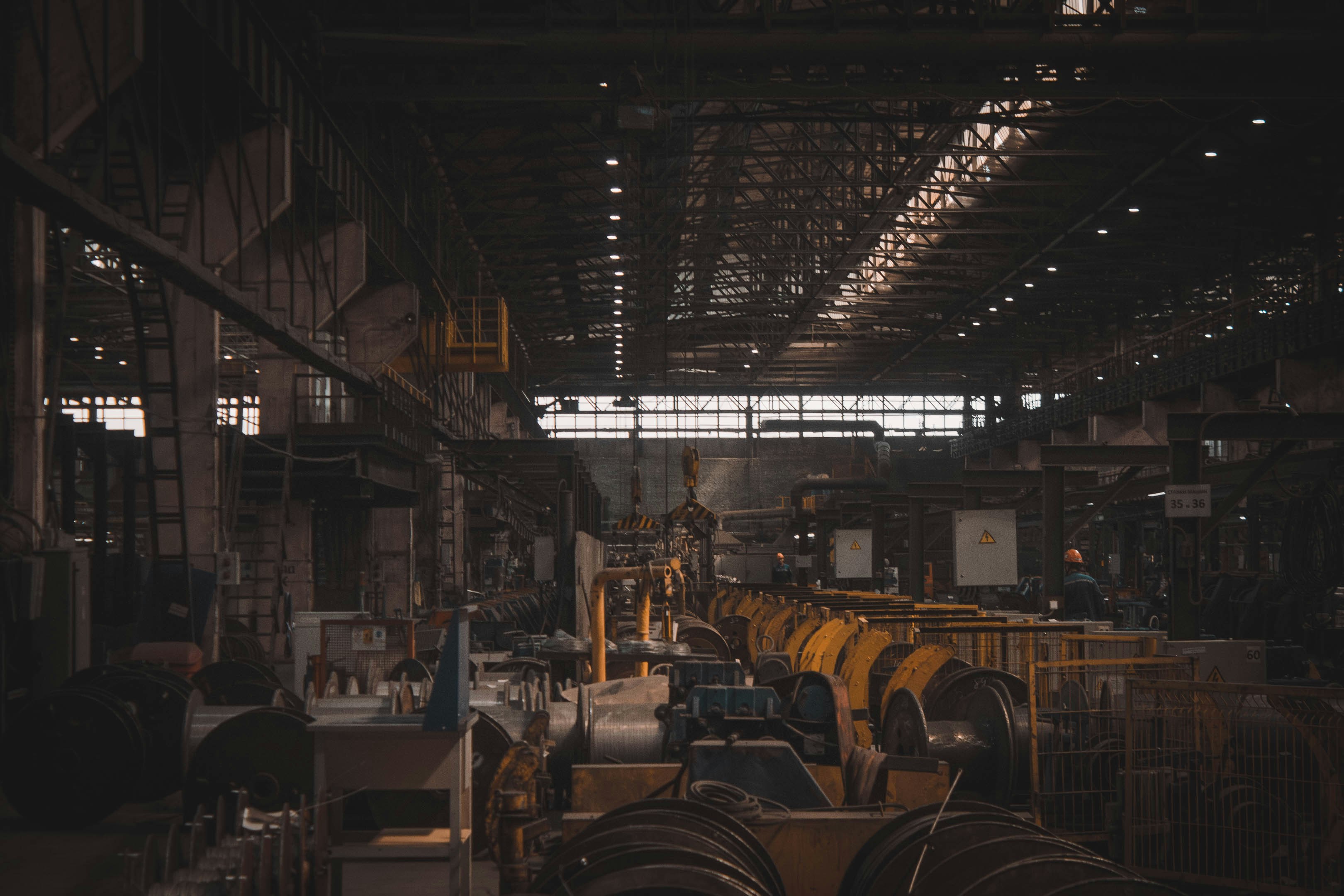Particulate Matter

Article
November 6, 2025
Dust Emissions from Industrial Applications: Why Monitoring PM10 Air Pollution MattersIndustrial facilities such as metallurgical, mineral, and wood product manufacturers release dust particles (PM10) that affect air quality and public health. Monitoring these emissions helps reduce exposure and protect nearby communities.
Article
How low-cost air sensors empower economically developing nations to improve their air quality monitoring infrastructureEconomically developing countries can use low-cost sensors to leapfrog the traditional approach to air quality monitoring network design and cost-effectively measure air pollution.
Article
Examining the U.S. Government Accountability Office’s recommendations for the use of low-cost air sensors to modernize air quality monitoring infrastructureClarity examines the GAO report’s recommendations for the modernization of the U.S. national air quality monitoring infrastructure using low-cost air sensor networks.
Article
Exploring the intersection between wildfires and air quality in protecting public healthFour individuals working to improve public and environmental health through air quality monitoring reflect on the catastrophic 2020 wildfire season in Clarity’s webinar.
Article
How community-based air quality monitoring is helping Bengaluru fight air pollutionLearn how community groups in Bengaluru are working with Clarity monitor fine particulate matter and improve pollutant levels. Working with Clarity to implement better air quality monitoring infrastructure has truly spurred a revolution in the way Bangalore thinks and acts on air pollution issues.
Article
Navigating wildfire season during a global pandemicAdding a global pandemic to wildfire season contributes greatly to the threat, and many are looking for answers as the two crises collide.